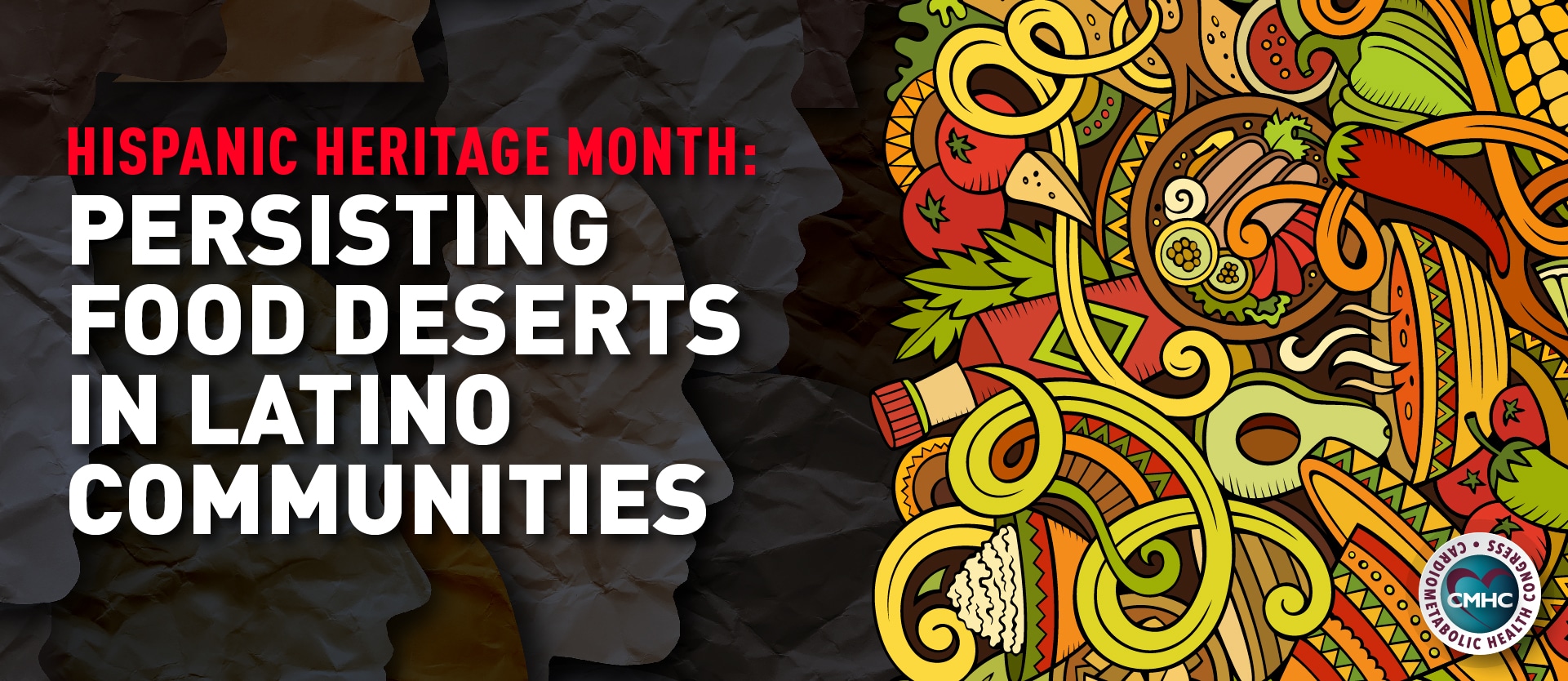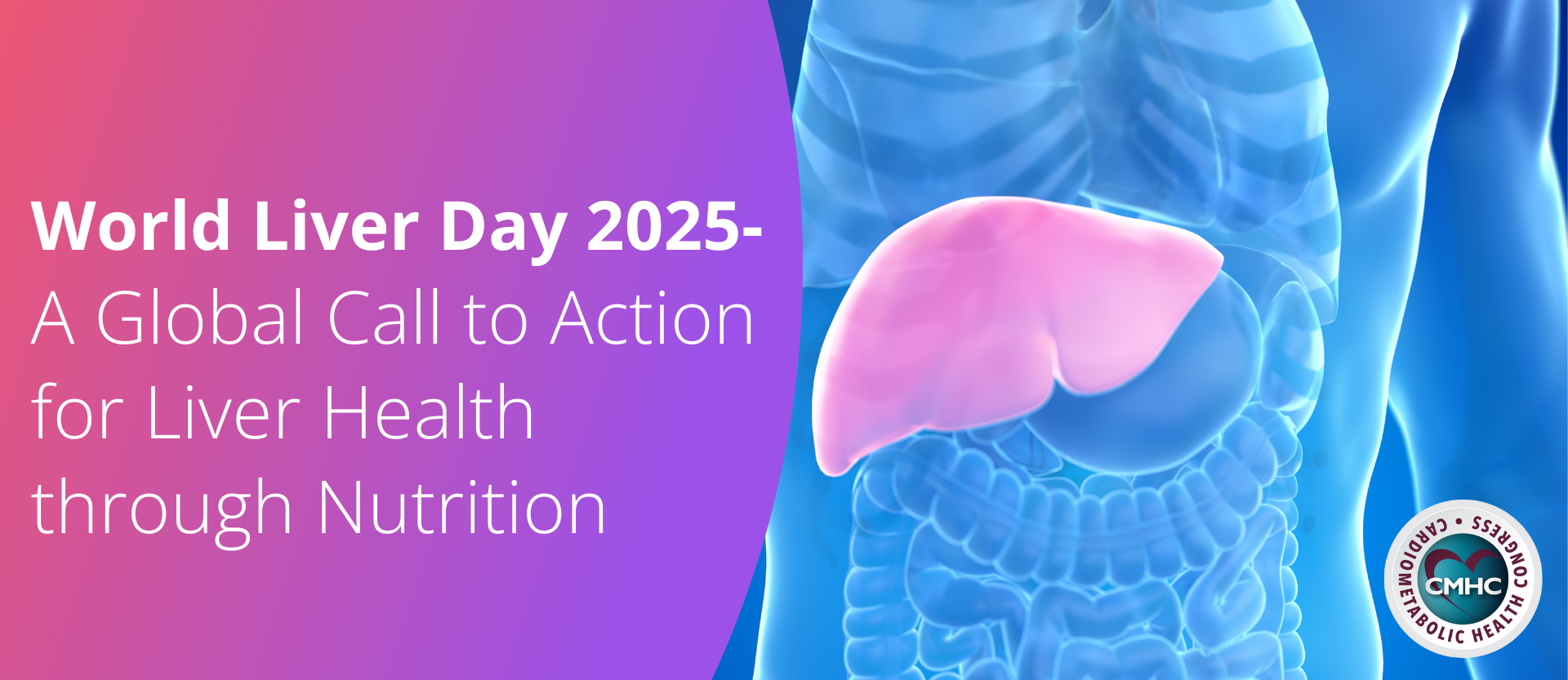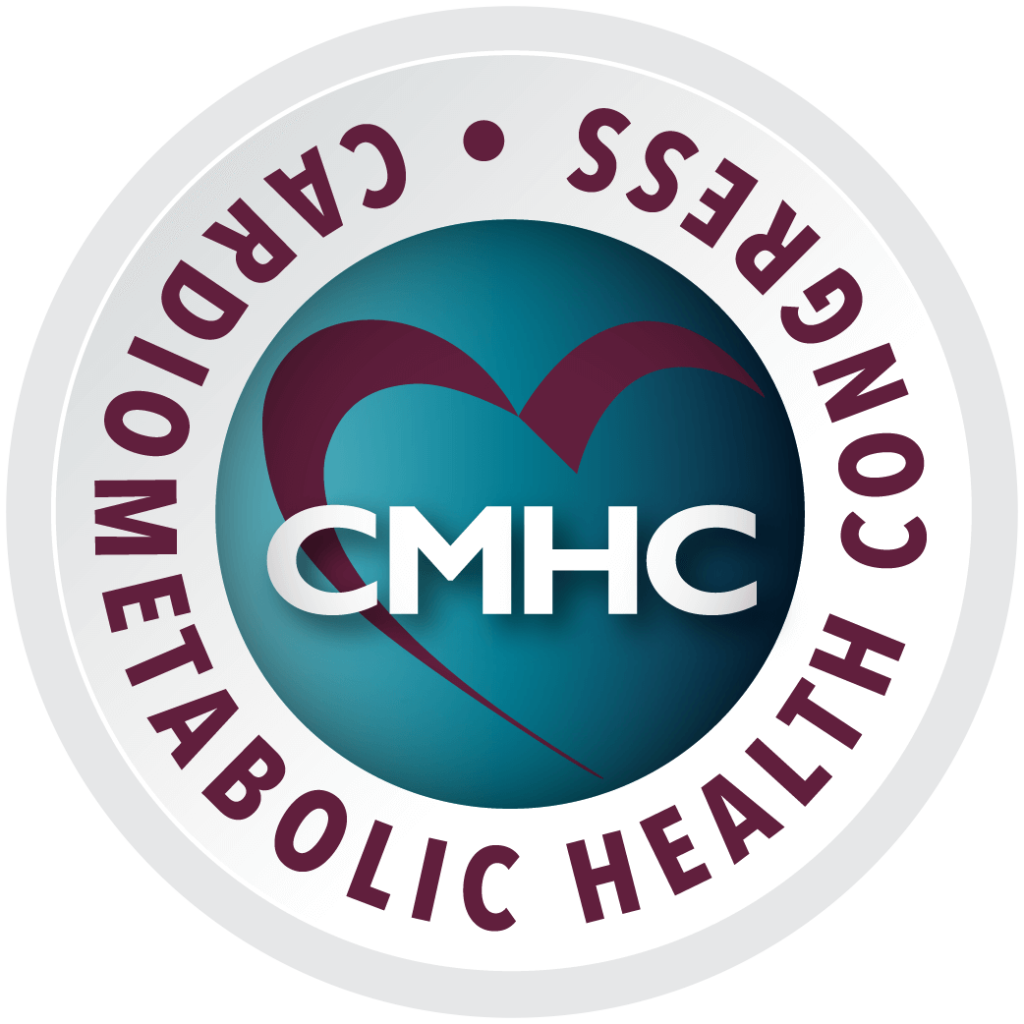Observed between September 15th and October 15th every year, Hispanic Heritage Month celebrates the vast historic and cultural contributions of Hispanic/Latinos in the United States. During this time, healthcare organizations spotlight some of the many medical conditions disproportionately affecting this community and emphasize the urgency of mitigating pervasive racial health disparities which contribute to poorer outcomes in this demographic.
Food Deserts in Hispanic/Latino Populations
The association between poverty and food availability is well-documented as more than 23 million individuals – the majority of which live in low-income households – inhabit areas that lack adequate access to healthy foods. According to the latest research, neighborhood income levels are just one of many barriers to obtaining healthy food products in impoverished communities – racial composition also plays a significant role.
Neighborhoods comprised primarily of Latino/Hispanic residents frequently have limited access to healthy, affordable, and nutritious foods, especially when compared with communities of similar poverty rates. Black and Hispanic neighborhoods have fewer large supermarkets and more small grocery stores than primarily white neighborhoods; smaller stores rarely offer the healthy, whole-grain foods, dairy products, or fresh fruits and veggies that a supermarket provides.
Combined with a shortage of supply, which causes the subsequent lack of demand, and a lack of infrastructure and resources, “food deserts” are created in many Latino neighborhoods across the United States. Residents of these areas have a difficult time finding affordable, healthy food and thus, consume a poor, nutrient-deficient diet putting them at an increased risk for cardiometabolic diseases.
Access to Healthy Foods
Overall, Hispanic/Latino community residents are faced with a significantly decreased availability of fresh produce, especially in low-income areas. Current statistics indicate that over 10% of Hispanic individuals report difficulties in accessing affordable fresh produce– the highest rate among all racial/ethnic minority groups.
Although few studies have examined the contents of Latino markets, a 2018 study investigated the availability of different food types found in these stores and found that the supply of healthy foods was lacking. For many Latino individuals, transportation is an added barrier to obtaining healthy food due to a heavy reliance on public transit systems and the geographical distance that separates them from well-stocked, large-format grocers.
Clinical Implications
The clinical implications of Hispanic/Latino food deserts are multi-fold. Poor dietary patterns, limited access to healthy foods, as well as low fruit and vegetable intakes increase the risk of chronic diseases and obesity among socioeconomically disadvantaged groups, adversely affecting population health. Disparities in access greatly contribute to the prevailing health inequities among racial/ethnic groups; per data from the Centers for Disease Control and Prevention, adults obesity rates are up to 21% higher in Latino patients than their non-Hispanic white counterparts. In addition, children of Hispanic/Latino heritage are significantly more likely to be obese than their white counterparts.
In many minority communities, the food environment does not support a healthy diet. Furthermore, residents who live near supermarkets or stores selling fresh produce tend to experience lower rates of diet-related diseases. According to a report published by The Food Trust: “A multistate study found that people with access to only supermarkets or to supermarkets and grocery stores have the lowest rates of obesity and overweight and those without access to supermarkets have the highest rates.”
Latino individuals are more likely to be overweight or obese and thus, more likely to develop cardiometabolic diseases. Living in a food desert environment has been proven to increase the risk of adverse cardiovascular events and has been associated with worsened health outcomes. Not only does this environment increase the risk of weight-related health consequences, but it also heightens the likelihood of prediabetes and diabetes development.
Persisting food deserts in minority neighborhoods and their adverse health implications highlight the need for improved public health and community outreach efforts that aim to enhance access to healthy foods. Local policymakers are encouraged to better the quality of infrastructure in these communities, to bolster local businesses and incentivize them to stock more fresh produce and healthy food products. While this field of research continues to grow, further investigation is needed to fully understand the effects of food deserts and differential access on Hispanic/Latino health as well as to determine whether community-based or individual-level interventions can improve population outcomes.
For an opportunity to delve deeper into clinical techniques for patients living in limited food environments, clinicians are encouraged to attend CMHC’s upcoming pre-conference: “Impact of Ethnicity and Race in Cardiometabolic Health:Implications for Risk Assessment and Management.” During the session “How Should You Counsel Patients Who Live in Food Deserts?” led by Alanna A. Morris, MD, practitioners will learn more about the impact of ethnicity and race in cardiometabolic health risk management, specifically related to nutritional interventions in disadvantaged communities.

















